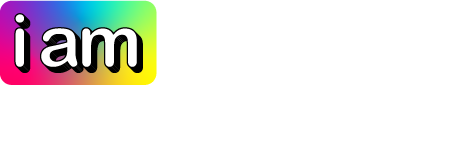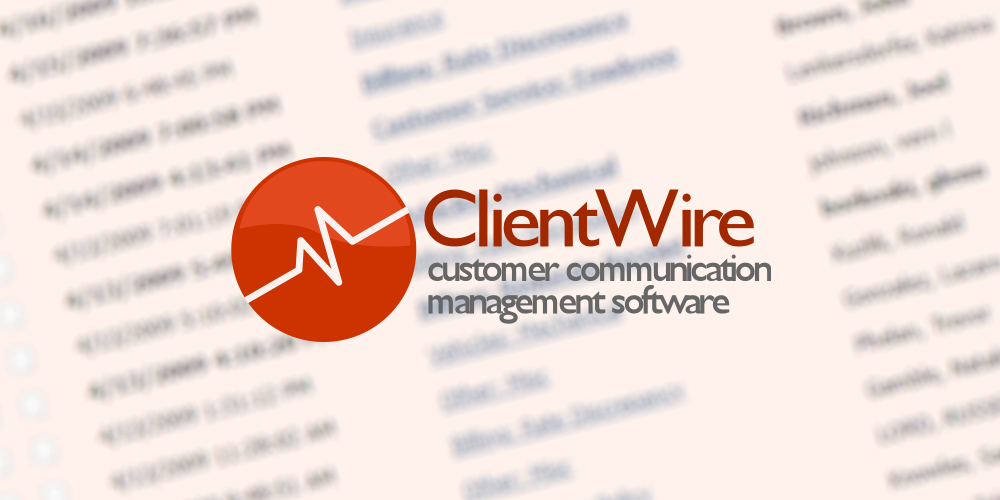While working at Payless Car Rental, I was tasked with creating a system that would act as a bridge between the customer, the rental agency, and the corporate office. In better terms, it actually served as the central part of a wheel that connected all the agencies together. If there was an issue at one location, the franchisee could communicate directly to the corporate office regarding that issue; then respond accordingly to the customer with the guidance received from the corporate office.

On the front end of the Payless Car Rental website, a simple contact form was placed in the customer service section of the website for renters who had completed their rental contracts and had an issue or concern with their rental. This contact form included a required field that determined the location involved in the rental. From there, the data was transferred to ClientWire which handled the rest.

The system was designed with ease-of-use in mind, while keeping focus on the overall task: customer feedback management. Each location was provided with a login and a password which could be changed by the location as required.

This location would only be able to view and interact with its own tickets, while administrator-level users were able to see all locations and all interactions.

Once a ticket was handled appropriately on either or both sides, the franchisee or corporate office would then review the ticket and close the ticket if the results were satisfactory. Closed tickets could always be retrieved and/or reopened if necessary.

The corporate office wanted a reporting system incorporated into the system which could quickly display a list of open issues that needed immediate attention. This list could be exported for reference at a future date and saved for future reports.

This system was used for about 6 or 7 years, well after I had left the company. Soon after that, Payless Car Rental was bought by a much larger car rental company and switched to their own system. It was a great learning experience, both in programming and interface design.
Last modified: February 12, 2025




